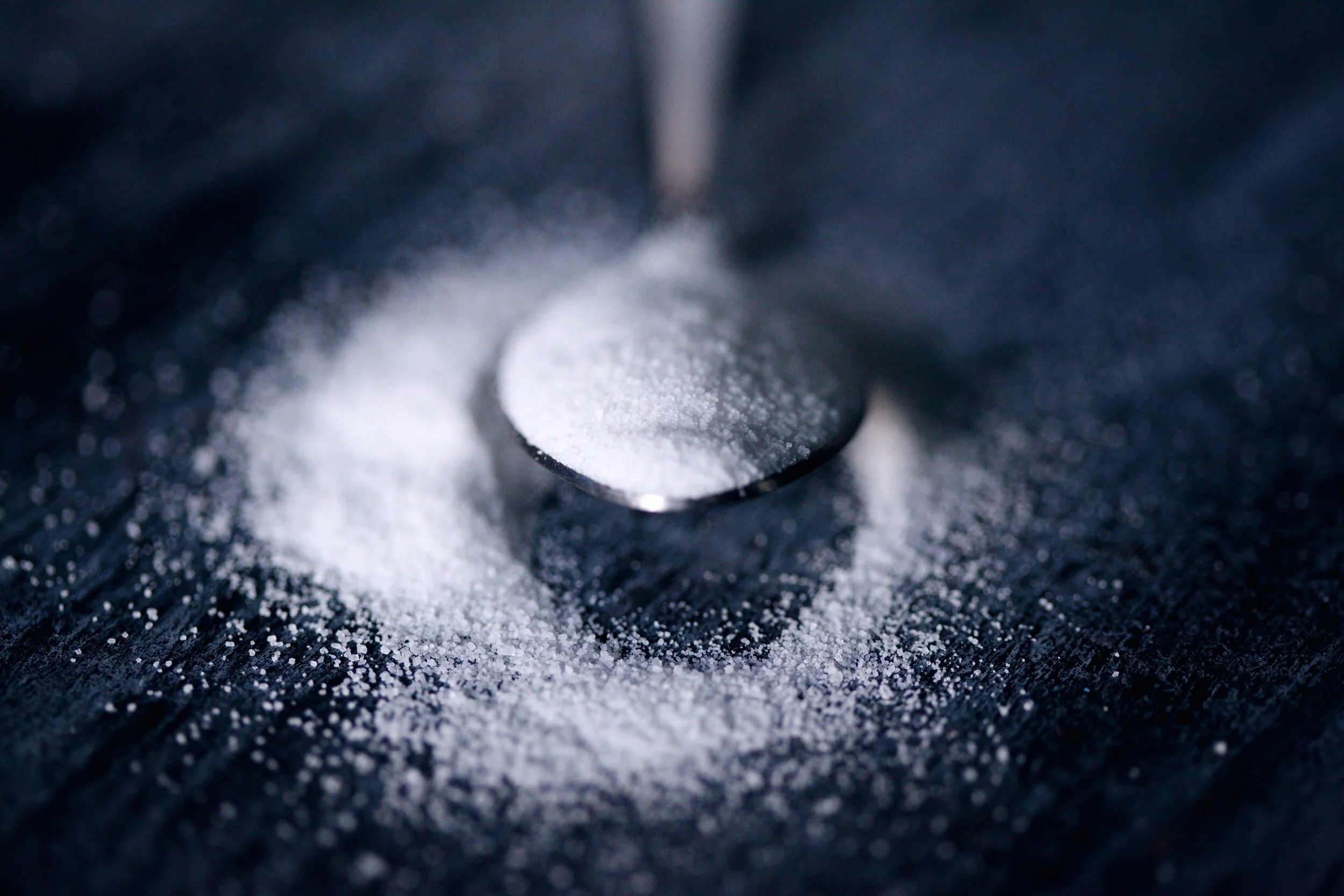Sports Drinks vs. Water
As an increasing number of sports drinks have been introduced in recent years, the debate over whether people should consume water or sports drinks during their workouts has intensified in some circles. From weekend warriors, to people who religiously walk 5,000 steps per day, to serious athletes training for their next triathlon, the ongoing debate over sports drinks vs. water has confused individuals at all fitness levels. As you’ll see in the micrographic provided below, there’s really no reason to be confused by the water vs. sports drinks debate. When it comes to staying hydrated during your workouts, water should be your go-to beverage of choice.
water vs sports drinks
Fluid Absorption Rate
If you have any doubt that water is the most appropriate drink option for your workouts, all you have to do is consider your body’s fluid absorption rate. Your fluid absorption rate is the time it takes for water, electrolytes and sugars to make it into your blood stream. This rate is determined by two primary factors: the time required for fluid to travel through the wall of your small intestine and the time necessary for fluid to leave your stomach.Both of the factors just mentioned are influenced by the composition of the fluid you’re consuming. As a rule of thumb, the more carbohydrates or sugars a beverage has, the slower your fluid absorption rate will ultimately be.Many sports drinks are referred to as “isotonic” because they have a carbohydrate concentration of between six and eight percent. While that’s not as high as a glass of fruit juice, which often has a sugar concentration of eight percent, it’s still significantly high compared to water, a hypotonic or readily absorbable drink. Since isotonic beverages have a higher carbohydrate concentration than most of your bodily fluids, they can’t be absorbed into your blood stream as quickly as water can.This means water is the right choice for you to stay hydrated and cool before and during your workouts. By choosing water instead of a sugary sports drink, you’re giving your body the ideal mix of electrolyte replacement and speedy fluid absorption. Electrolyte replacement is key because sodium, potassium and other electrolytes:
Reduce your urine output
Increase how fast fluids leave your stomach
Support the absorption of fluids from your small intestine
Promote the retention of fluids
Sugar in Sports Drinks
A typical American consumes more than three times the recommended amount of sugar every day, which equals between 350 and 480 daily calories from excess sugar alone. If that doesn’t convince you to cut back on your sugar input, the effects sugar can have on your body should. Sugar impacts your vital organs, including your liver, heart and brain. In addition to contributing to the nation’s obesity epidemic, consuming too much sugar can lead to other serious health problems, such as heart disease, inflammation, diabetes, cancer and tooth decay.Some sports drinks have as much as 13 teaspoons of sugar per bottle, which is more sugar than you’ll consume by drinking a can of regular Coca-Cola. With just one teaspoon of sugar having 16 calories, it means you’ll consume 208 empty calories every time you have a sports drink that has 13 teaspoons of sugar.Consuming too much sugar can do more than negatively influence your health over time. It can also have an immediate effect on your workout. If you consume a sugary sports drink before or during your workout, it can lead to a subsequent sugar crash, which can cause you to become fatigued faster than you would otherwise.
Why Water is Better Than Sports Drinks
By now, it should be clear the water vs. sports drink debate is over when it comes to your go-to workout beverage — and water has prevailed.For more information about the effects sugar can have on your health and workout, nutrition in general or how you can increase your productivity through exercise, check out our blog posts!


